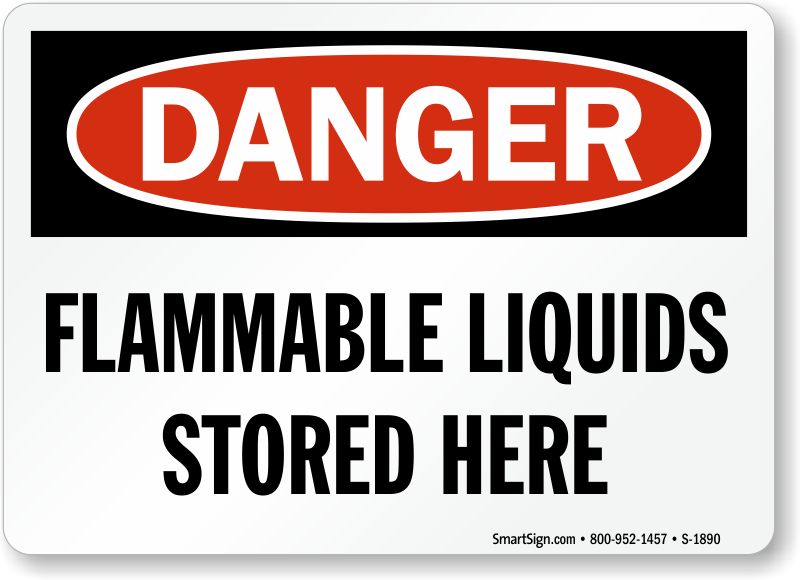
Given the risks associated with vinyl chloride, some have questioned whether the decision to burn the chemical was the best course of action. Why did Emergency Responders allow the chemical to burn?Įmergency crews conducted a controlled burn of the spill, which released hydrogen chloride and phosgene into the air. Vinyl chloride is also toxic to aquatic life, and exposure can lead to widespread environmental damage. Inhaling high concentrations of vinyl chloride can cause dizziness, headaches, and even death. Vinyl chloride is also a known human carcinogen and can cause various health problems, including liver damage, respiratory issues, and nervous system damage. Vinyl chloride is a colorless, flammable gas that is used to manufacture polyvinyl chloride (PVC), a widely used plastic material. One of the hazardous materials carried by the derailed train was vinyl chloride, a colorless compound used to produce PVC plastic, wire coatings, and plastic kitchenware. Others are concerned about the use of precision scheduled railroading, which prioritizes efficiency over safety and has led to longer and heavier trains, and a reduced number of workers per train. Some have criticized the repeal of legislation that would have required electronic pneumatic brakes on trains, citing it as a contributing factor to the derailment. The derailment has also sparked a larger conversation about railway safety in the United States, and many are calling for increased regulations and oversight of hazardous material transport by rail. Others are concerned about the long-term health effects of the toxic chemicals that were released during the incident, and some are experiencing symptoms such as headaches and nausea. Many were forced to evacuate their homes and businesses, unsure of when they would be able to return. The derailment sent shockwaves through the town of East Palestine, and residents are still grappling with the aftermath. The material from the crash was observed in storm drains and detected in samples from Sulphur Run, Leslie Run, Bull Creek, North Fork Little Beaver Creek, Little Beaver Creek, and the Ohio River. Department of Transportation’s Pipeline and Hazardous Materials Safety Administration noted that the electronically controlled pneumatic brakes, which could have prevented the derailment, are significantly more expensive than the expected benefit, and the derailed train did not meet the qualifications of a “high-hazard flammable” train, meaning it was not affected by the 2014 legislation or its 2017 repeal. The derailment was caused by a mechanical issue on one of the railcars’ trucks, which may have been connected to reports that an axle was observed throwing sparks about an hour before. The derailed train consisted of three locomotives, nine empty cars, and 141 loaded cars. Nearly 70 emergency agencies from Ohio, West Virginia, and Pennsylvania mobilized in response to the incident.

On February 3, 2023, a Norfolk Southern freight train carrying hazardous materials derailed in East Palestine, Ohio, causing an evacuation of residents within a one-mile radius.


 0 kommentar(er)
0 kommentar(er)
